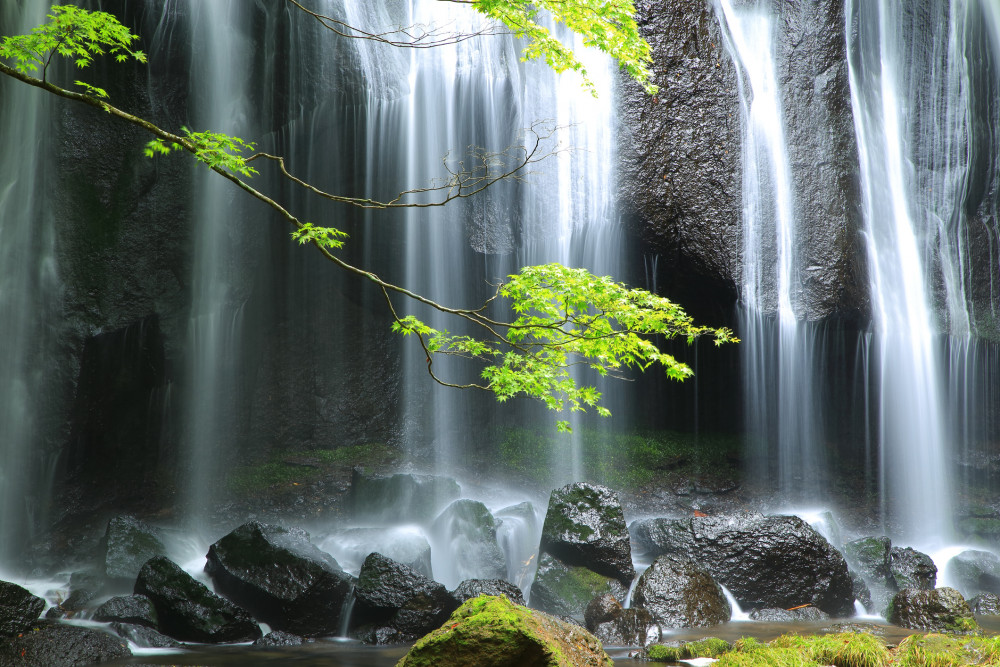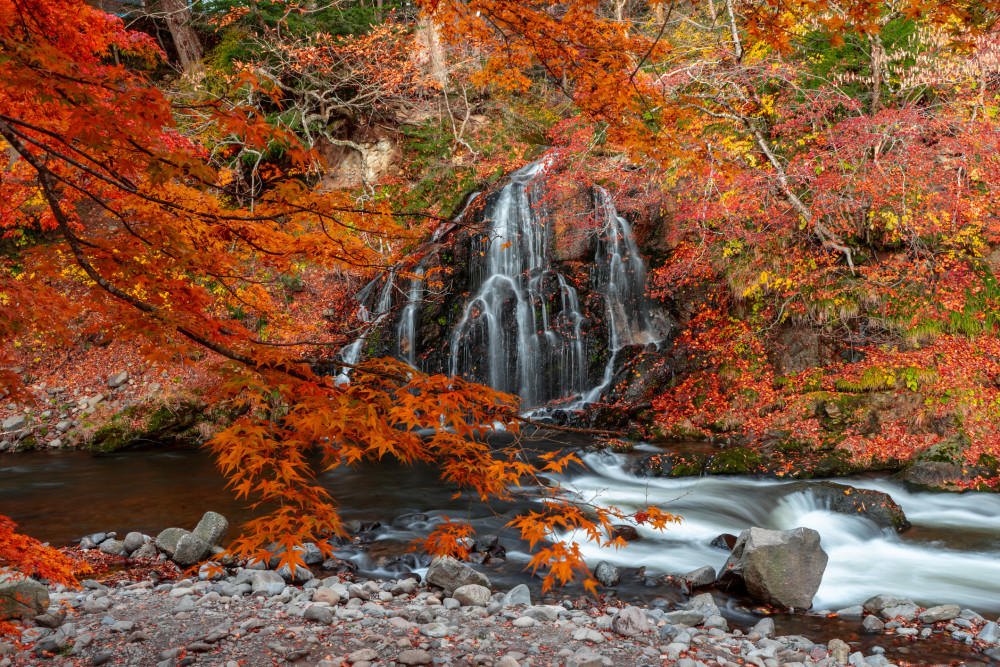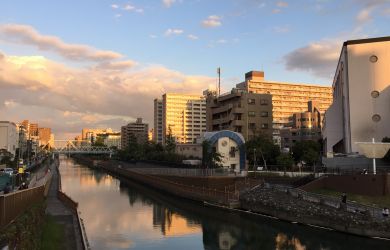
October 1, 2024
What is Forest Bathing in Japan?
Physical and mental wellbeing through forest therapy
When I first visited Japan as a sixteen-year-old at the invitation of a friend from Tokyo who had previously studied at my U.S. high school, one of the first places she took me was Kamakura. It was the height of summer, and although I was used to hot temperatures due to my upbringing in the scorching Arizona desert, I found myself completely mesmerized by the unfamiliar combination of lush green trees, sultry humid air, and deafening sound of chirping cicadas.
I remember remarking to my friend that “the cicadas sound so loud, it almost feels like silence”. And while this felt somewhat contradictory, I later learned that legendary poet Matsuo Bashō had penned a haiku after visiting a forested mountain temple in Yamagata Prefecture, which seemed to describe a similar sentiment:
Ah, such vast stillness!
Even the cicada’s cry
Sinks into the stone.
Learning this, I felt both vindicated and thrilled that my seemingly counterintuitive teenaged observation was in fact an inadvertent echo of an ancient literary master. And now, I also understand that I was likely tapping into a sort of primal awareness which I had never before accessed as a hyper-urbanized American teenager—something which today might be associated with the practice of forest bathing.
The act of seeking tranquility by immersing oneself deep within a forested milieu stretches back centuries; Bashō’s poem above dates back to the year 1689. The term “forest bathing” (shinrin-yoku) first appeared in 1982, however, when Japan held its first conference of the same name. The gathering took place in Nagano Prefecture’s Akasawa Natural Recreation Forest, home to dense groves of cypress trees, which has since been recognized as the practice’s birthplace.

The term shinrin-yoku was proposed by Tomohide Akiyama, an official with the Japanese Ministry of Agriculture, Forestry, and Fisheries, who pointed toward the healing properties found in phytoncides. These are chemicals produced by trees and plants to help fight off microbes, fungi and bacteria, and scientists have denoted the substances as having a positive effect on human beings’ mental and physical health. Besides reducing levels of stress-inducing cortisol, they also help boost the efforts of our NK (natural killer) cells to fight off invading pathogens.
Guide to Forest Bathing in Japan
One needn’t head into a forest thicket to experience these benefits, however. They may also be accessed, for example, by heading to an onsen (natural hot spring) to soak in a tub crafted from fragrant hinoki (Japanese cypress) wood. And since phytoncides are also found in foods like onion, garlic, and numerous spices, medicinal healing can take place right in your own kitchen.
Similar effects can be achieved simply by getting out and exploring, which can be as simple as taking a walk at dusk through a favorite park, I have also recently been astounded by the number of rosemary plants I have spotted on the grounds of various cafés and shopping complexes throughout the metropolis, and sometimes just in random sidewalk planters. By gently rubbing a stalk to release its aromatic oil, and then inhaling it deeply, I have invariably found that this immediately stimulates a sense of profound calm.
Forest Bathing in Appi Kogen
For those looking to have a true shinrin-yoku experience, numerous urban forests are also available to modern city dwellers, including several which are easily accessible within Tokyo’s borders. If you wish to head further afield, there are numerous locations throughout the Japanese archipelago to partake in this type of restorative practice. One ideal region is Appi Kogen in Iwate prefecture, a plateau whose topography includes a verdant forest of naturally-generated (i.e., not human-planted) beech trees. This an ideal milieu to experience the calming phenomenon of komorebi, which literally means “sun filtering through trees”.

Forest Bathing at Fudo Falls
Also located there is a sacred waterfall (Fudo Falls), one of Japan’s top 100 waterfalls. The path to reach the cascade is nestled amidst plush greenery, with several scarlet-red torii (shrine gates) indicating the area’s long and rich history of shugendō (worship by mountain ascetics). While today’s forest bathing practices are clearly easier than what was faced by people in centuries past—when paths through the verdant density had not yet been carved, and protection against teeming insects and other creatures was likely hard to come by—today we have a much easier time, and can simply slow down and reap the benefits on offer.
“Experiencing forest bathing at Appi Kogen was the first time I really felt like I connected deeply with nature,” commented Manami Horii, a Kansai-based interpreter who participated in a tour organized by Tranquwell Japan Wellness Retreats. “Feeling the wind, seeing the beautiful surrounding greenery, and inhaling the smell of the earth were all experiences I do not normally have in my everyday life, and this stimulation of all my senses enabled me not only to digitally detox; but also return to zero, and remember who I really am.”
Next read our Beginner’s Guide to Forest Bathing: Nine forests to explore and experience shinrin-yoku in the Tokyo area







